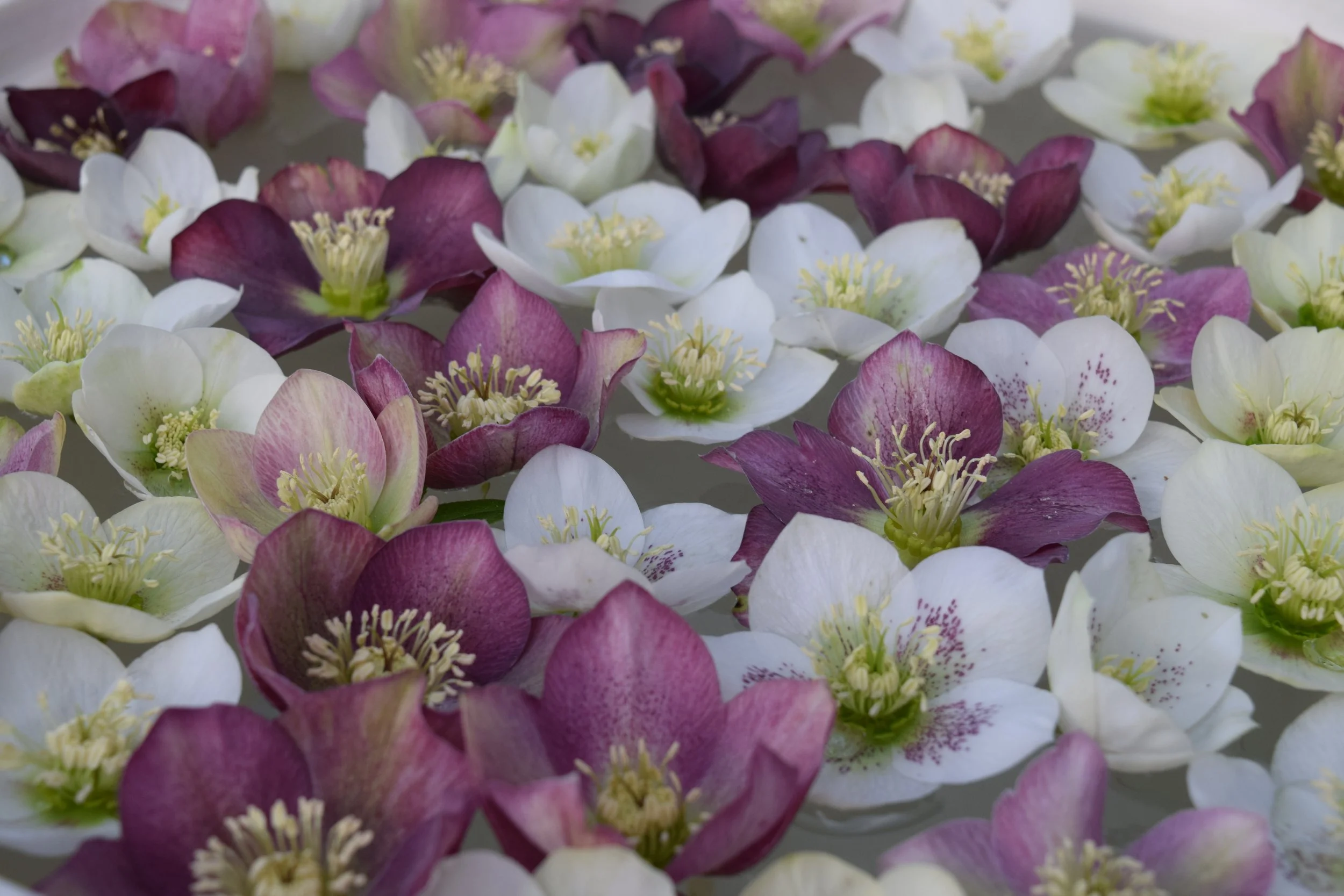Helleborus- the beauties of winter
The genus Helleborus was established in 1753 by Carl Linnaeus with 22 species divided into six sections. Commonly known as hellebores this Eurasian native is a member of the Buttercup family, Ranunculaceae.
Despite common names such as winter rose, Christmas rose, and Lenten rose hellebores are not at all related to the rose family, yet another reason to just learn the botanical names.
Hellebores are widely grown in zones 5-9 for their winter and early spring blooms. They are surprisingly frost resistant and many species have evergreen foliage.
Hellebores thrive in dry shade and are sensitive to wet feet. To grow them on my swampy property I have to plant them on mounds above grade.
All parts of the plant are toxic. Hellebore poisoning is rare, but it can occur, so don’t eat it! The leaves of the plant produce poisonous alkaloids making them distasteful to animals, so deer, rabbits, and groundhogs leave them alone!
The most widely grown varieties are classified as H. hybridus, the Lenten Rose because they generally bloom through the period of lent. They used to be known as Helleborus orientalis hybridus, which is super confusing since H. orientalis is a distinct species.
Hybridizing between H. orientalis and several other closely related species and subspecies has vastly improved offerings over the past two decades. From a wide selection of colors, to fully double and anemone forms with up-facing flowers the new hellebore hybrids are remarkable!






